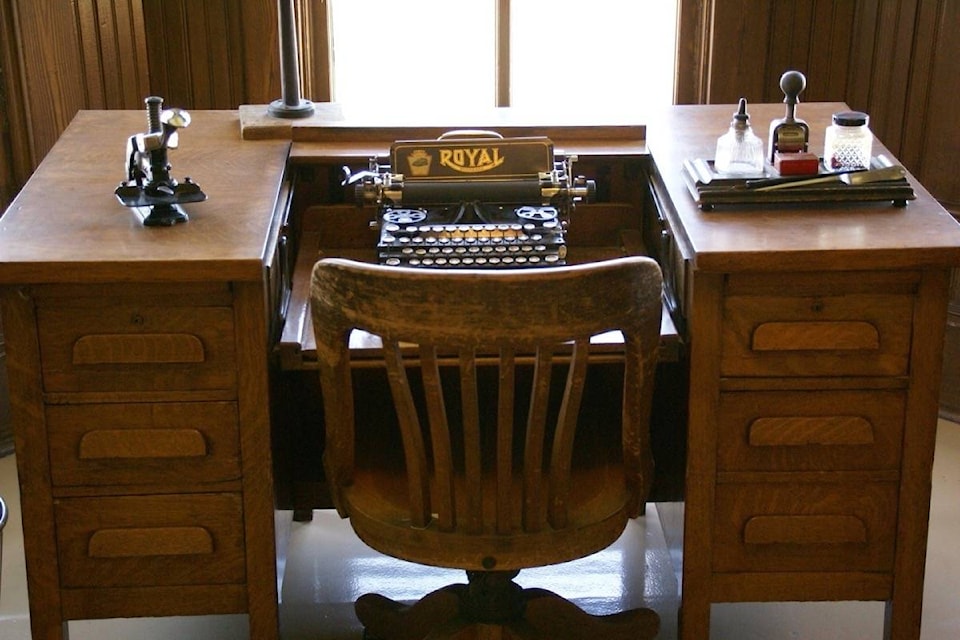It’s almost Christmas, which means one of the perennial film debates is upon us once more. No, it’s not “Is Die Hard actually a Christmas film?” (yes, it is); it’s “What is the best film version of Charles Dickens’s A Christmas Carol?”
I’m not going to tell you which is the best; that’s highly subjective. I will tell you what my favourite version is, and it’s definitely not going to make any “best” lists. First, however, here are a few versions of the classic tale that you really can’t go wrong with, from among the several dozen film and TV versions that have been made from the book since the first one, in 1901.
The 1951 British film Scrooge, starring Alistair Sim as the titular miser, has aged extremely well, and Sim turns in a performance for the ages, selling Scrooge as the hard-hearted skinflint he is before joyously transforming into a redeemed man; I defy anyone to watch his Christmas morning change of heart without blinking away a tear of happiness. A close runner-up is the 1984 made-for-TV version of the story starring George C. Scott, who similarly pulls off the task of making Scrooge the man you love to hate before pulling the rug out from under you when he realizes how wrong he has been.
The Muppet version (1992), starring Michael Caine as Scrooge alongside a cast of Muppets (Kermit the Frog plays Bob Cratchit), scores unexpectedly high marks, and the 1971 TV animated version — with Alistair Sim reprising the role of Scrooge — is well worth a look; after being released theatrically, it won the Academy Award for Best Animated Short Film.
All of these are wonderful, and worthy, versions of Dickens’s story, but my favourite is Rich Little’s Christmas Carol, made in 1978 by the CBC in partnership with HBO. The special was filmed at the CBC’s Vancouver headquarters, and I got to visit the set thanks to my Media Studies teacher at Hugh Boyd Jr. Secondary in Richmond, who somehow wangled an invite for the class to tour the set.
None of the actors were there when we visited, but we were able to prowl through the set and see it up close (Scrooge’s tombstone is made from styrofoam, as I can personally attest). When the special aired on CBC I made sure to watch it, but it wasn’t until several years later that I saw it again, and was able to videotape it. That led to me obtaining a DVD copy of the show, and thus began a Christmas tradition, in the Roden household, of watching it every Christmas Eve.
Is it as corny as Kansas in August? Absolutely. Is it dated, inasmuch as all of the celebrities Little impersonates are long gone? You bet your sweet bippy. Does it have the obligatory musical interludes of Christmas specials of that era, that bring everything to a grinding halt at regular intervals? Of course.
And yet, there’s something about it that continues to appeal (to me, at least). Little — an impressionist extraordinaire — plays Scrooge as W.C. Fields, so repeated viewings on Christmas Eve meant that my son (born 1997) is perhaps the only person of his age in North America who can do a decent Fields impersonation. The show gave birth to several catchphrases within the household, including “I’d like to compliment you on your work; let me know when you’re going to start”; “When I donate to charity I like to remain anonymous; that’s why I never sign the cheque”: and — when something goes awry — “Quick, Spirit, before you completely wreck my humble abode.”
If I want a strictly canonical — and wonderful — film version of A Christmas Carol, I’ll look to the Sims and Scott versions. If I want one that brings me joy, and many happy memories, I’ll probably look to Rich Little’s Christmas Carol, as the version that evokes so many Christmas Eves with the ones I love. If you want to check it out, the full version is available on YouTube at http://bit.ly/3460yJI.
editorial@accjournal.ca
Like us on Facebook and follow us on Twitter
